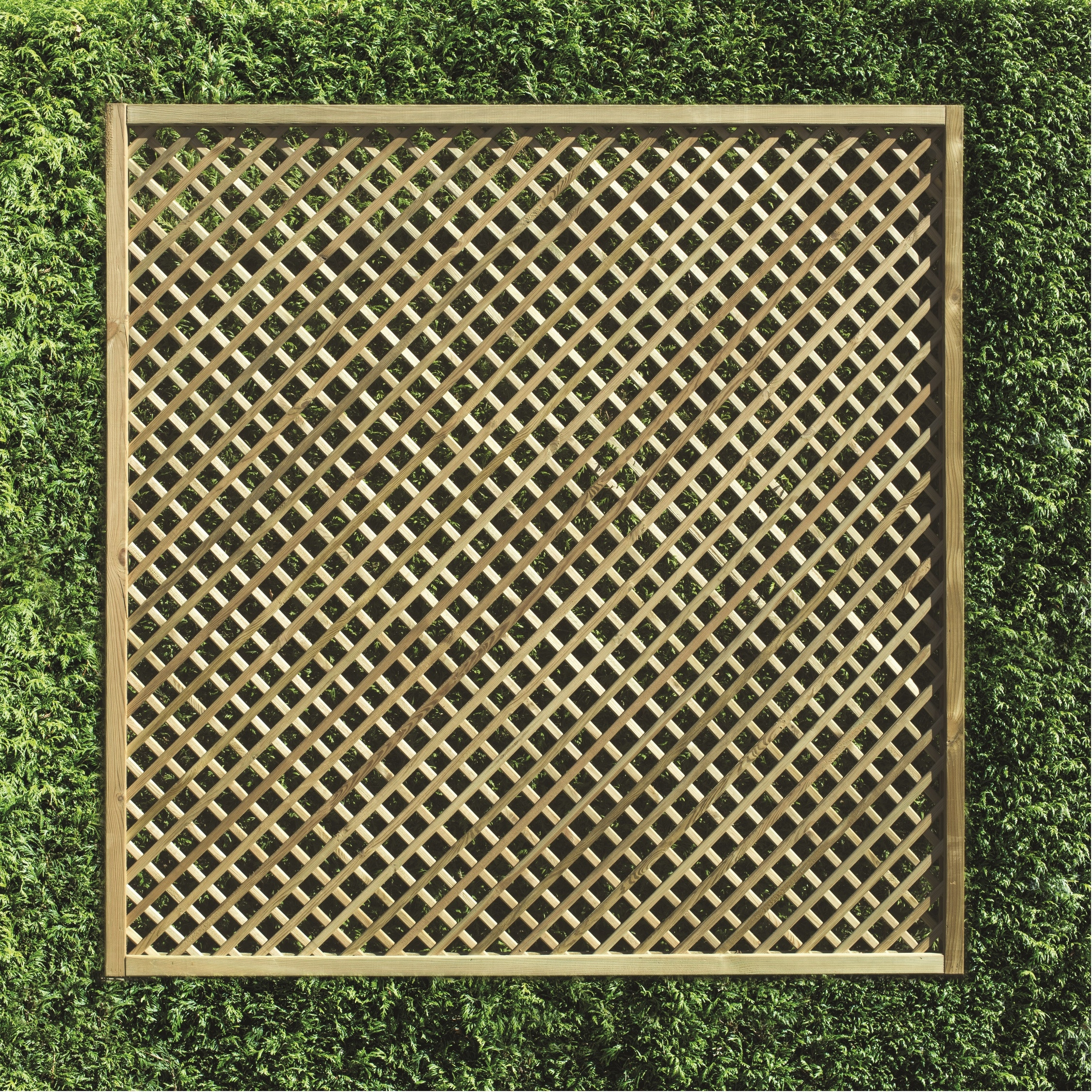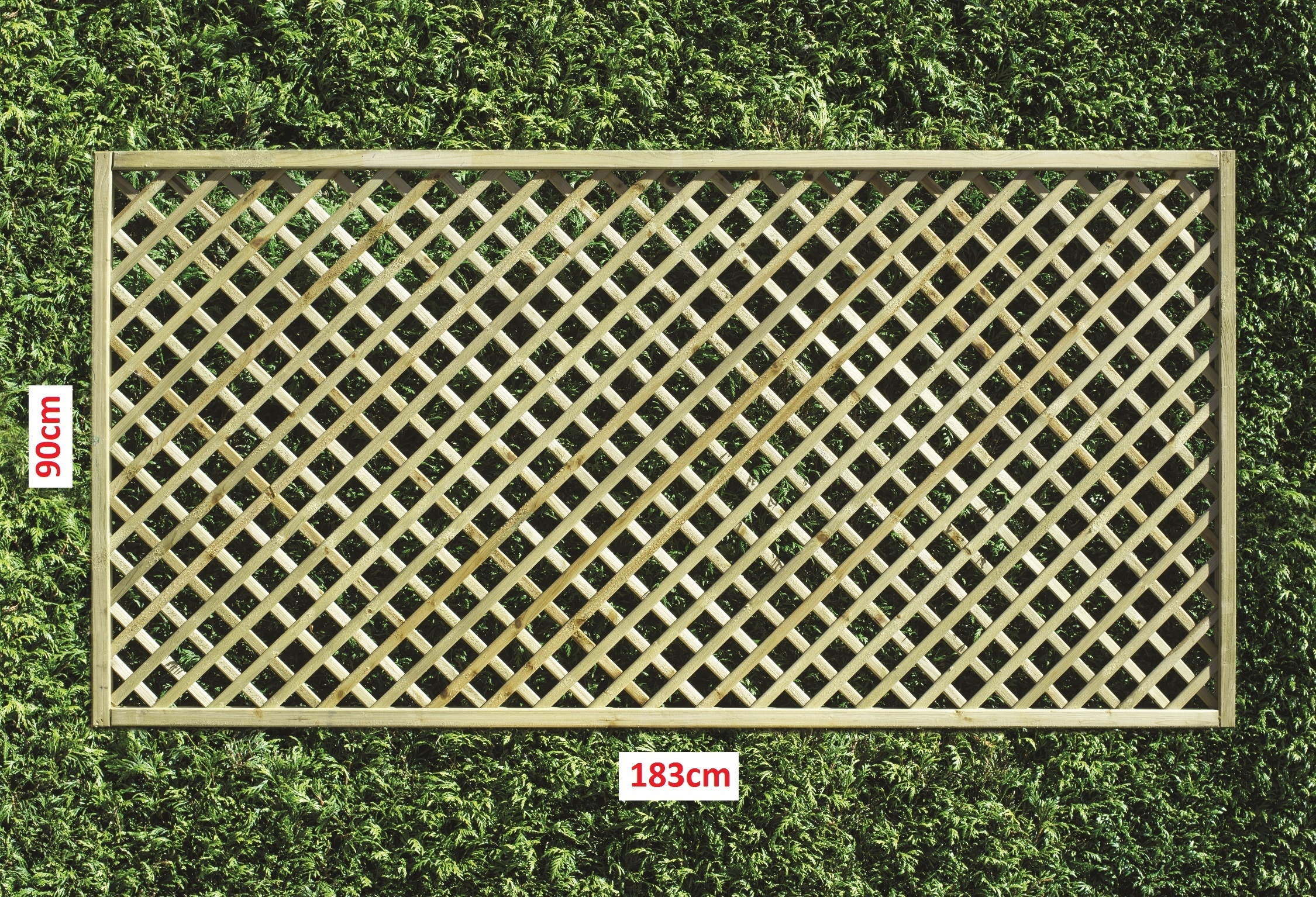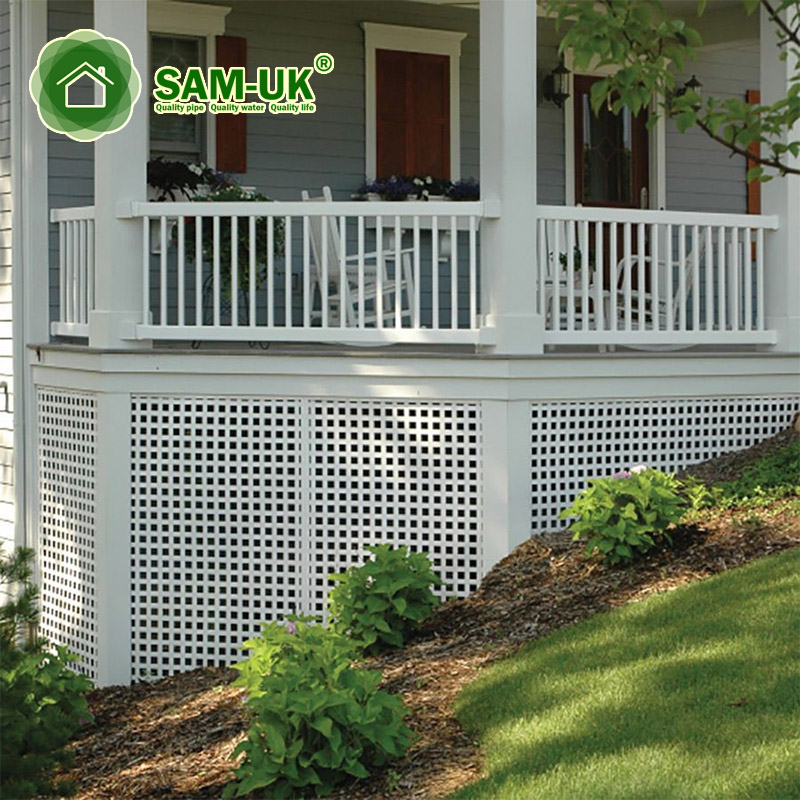

Wash work clothes separately from other household clothing.


Examples are mulch from recycled treated wood, cutting boards, counter tops, animal bedding, and structures or containers for storing animal feed or human food. Do not use treated wood under circumstances where the preservative may become a component of food or animal feed.All sawdust and construction debris should be cleaned up and disposed of after construction.Screws take longer to drive than nails, but hold boards more securely and will allow for easier removal if necessary.Use galvanized or stainless steel hardware only. When nailing close to the end of the board, whether using treated or untreated lumber, predrill the nail holes this helps to avoid splitting.As with untreated lumber, the wood should be clean and dry, both on the surface and internally. When painting or staining, follow the paint and stain manufacturer’s recommendations.They are also suitable for interior applications such as beams, framing, flooring, trusses, foundations and sills where there is a threat of termites and decay damage. Pantherace and Suntrellis products are suitable for exterior, weather exposed applications where resistance to termites and decay is desired.However, the following recommendations should be adhered to when using and handling treated or untreated wood. The chemicals penetrate deeply into and remain in the treated wood. Pantherace and Suntrellis products have been pressure treated with a Canadian registered preservative to protect them from termite attach and decay.


 0 kommentar(er)
0 kommentar(er)
